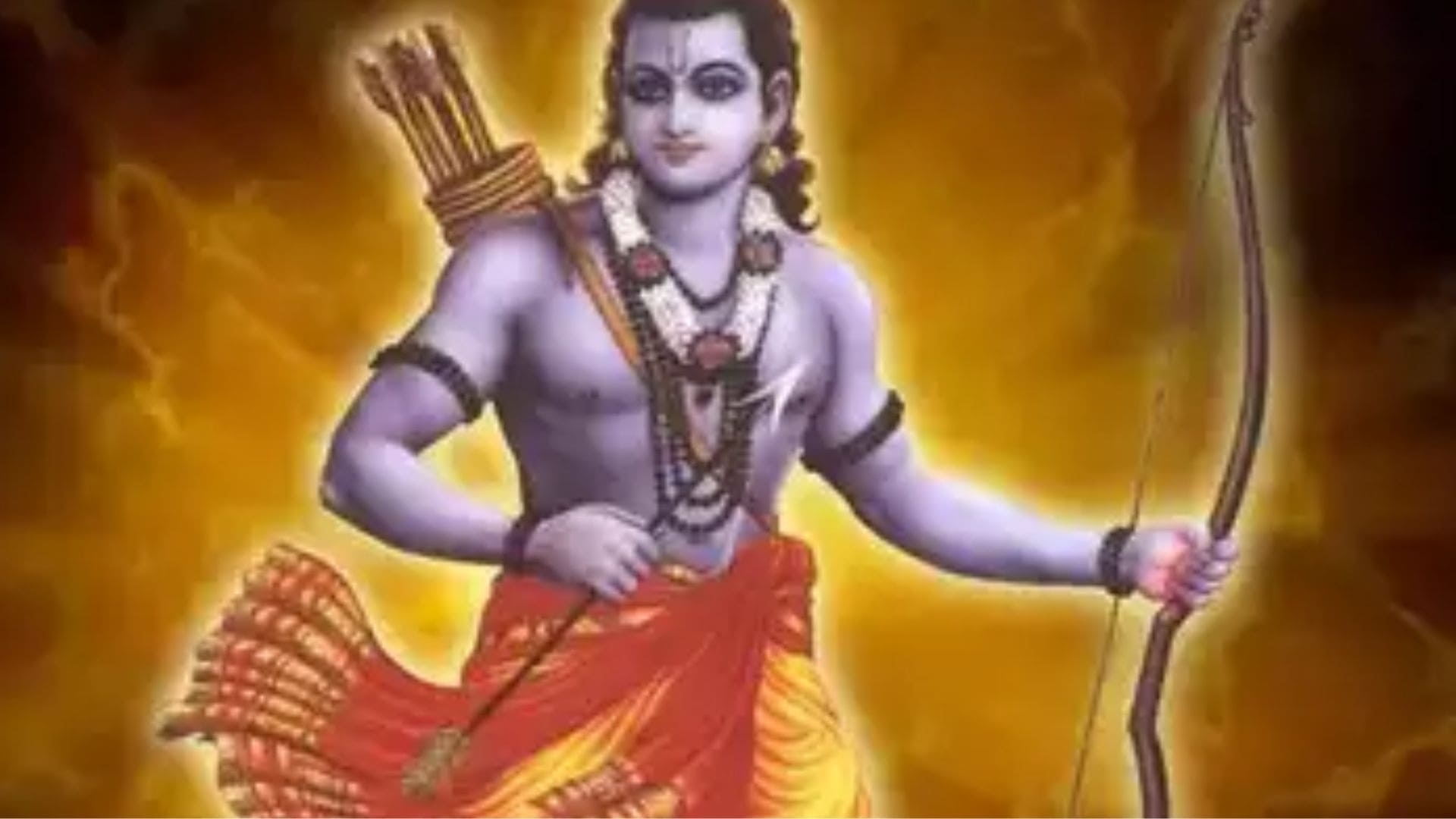
10 Fascinating & Lesser-Known Facts from the Ramayana
10 Little Known & Interesting Facts From Ramayana
The story of the victory of righteousness and truth over evil. The story we all heard while growing up. The story that has inspired and shaped the intellect and virtue of our country since ages. Ramayana is an epic that has been an integral part of the Indian culture and has inspired the people of India and elsewhere for thousands of years to follow the path of Dharma and righteousness.
Ramayana is full of fascinating stories and tales of the times of Lord Rama and his journey from childhood to exile and finally causing the destruction of Ravana – the evil demon king.
We bring you 10 interesting facts about Ramayana below.
-
Laxman didn’t sleep at all during the 14 years of exile because he wanted to serve Rama and Sita day and night.
-
It is believed that Urmila – Laxman’s wife slept for 14 years, completing both her own, and Laxman’s, share of sleep.
-
Hanuman covered himself with sindoor to keep Lord Rama safe.
-
Sita had lifted the Shiva Dhanush with ease as a child. So her father, King Janak wanted the person who could string the bow as Sita’s groom.
-
It is believed that Lord Rama had patted the back of a squirrel who had helped the Vanar Sena build the Ram Setu. That’s how squirrels got their stripes.
-
While Lord Rama killed Ravana and his brother Kumbhakarna, Laxman killed Ravan’s son – Meghnad, Prashasth and Atikay.
-
Laxman is believed to be the avatar of Sheeshnaag – The serpent Lord Vishnu sleeps on
-
Kuber – The Stepbrother of Ravana & the God Of Wealth had created Lanka. However, Ravana snatched Lanka from Kuber.
-
The first letter of every 1000th Shloka of Ramayana makes up the Gayatri Mantra!
-
Nandi – Shiva’s bull had cursed Ravana that Monkeys will be a cause of his destruction.
Similar Stories
Discover the inspiring story of Angada, the son of Vali and Tārā, who played a pivotal role in the Ramayana. Learn about his journey from being Prince Regent of Kishkinda to leading the monkey army in the search for Sita. A loyal devotee of Shri Ram and Sugriva, Angada displayed unmatched courage, extraordinary might, and unwavering sincerity, cementing his place among the great heroes of the epic.
Explore the legendary warriors and sages who could challenge or defeat Arjuna in battle without the intervention of Lord Krishna. From Parshurama's celestial prowess to Hanuman's divine strength, and the unparalleled knowledge of Sage Vishwamitra and Vashishta, we dive into their mythical feats and powers compared to Arjuna's archery skills.
Explore how Arjuna, the legendary warrior from the Mahabharata, became the epitome of excellence through exceptional focus, unwavering dedication, and insatiable curiosity to learn. From overcoming challenges under Guru Drona’s training to mastering celestial weapons under Indra, this article delves into the traits and incidents that made Arjuna the greatest warrior of his time.
Astrology, Mantras, Events, Stories & More.
